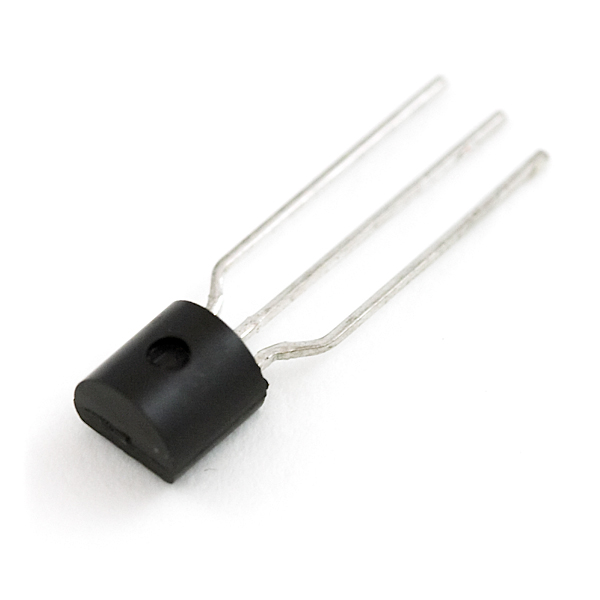Here the transistor will be biased so that the maximum amount of base current is applied, resulting in maximum collector current resulting in the minimum collector emitter voltage drop which results in the depletion layer being as small as possible and maximum current flowing through the transistor. Therefore the transistor is switched “Fully-ON”.
Saturation Characteristics
- The input and Base are connected to VCC
- Base-Emitter voltage VBE > 0.7v
- Base-Emitter junction is forward biased
- Base-Collector junction is forward biased
- Transistor is “fully-ON” (saturation region)
- Max Collector current flows (IC = Vcc/RL)
- VCE = 0 (ideal saturation)
- VOUT = VCE = “0”
- Transistor operates as a “closed switch”
Then we can define the “saturation region” or “ON mode” when using a bipolar transistor as a switch as being, both junctions forward biased, VB > 0.7v and IC = Maximum. For a PNP transistor, the Emitter potential must be positive with respect to the Base.
Then the transistor operates as a “single-pole single-throw” (SPST) solid state switch. With a zero signal applied to the Base of the transistor it turns “OFF” acting like an open switch and zero collector current flows. With a positive signal applied to the Base of the transistor it turns “ON” acting like a closed switch and maximum circuit current flows through the device.
An example of an NPN Transistor as a switch being used to operate a relay is given below. With inductive loads such as relays or solenoids a flywheel diode is placed across the load to dissipate the back EMF generated by the inductive load when the transistor switches “OFF” and so protect the transistor from damage. If the load is of a very high current or voltage nature, such as motors, heaters etc, then the load current can be controlled via a suitable relay as shown.

- The input and Base are connected to VCC
- Base-Emitter voltage VBE > 0.7v
- Base-Emitter junction is forward biased
- Base-Collector junction is forward biased
- Transistor is “fully-ON” (saturation region)
- Max Collector current flows (IC = Vcc/RL)
- VCE = 0 (ideal saturation)
- VOUT = VCE = “0”
- Transistor operates as a “closed switch”

